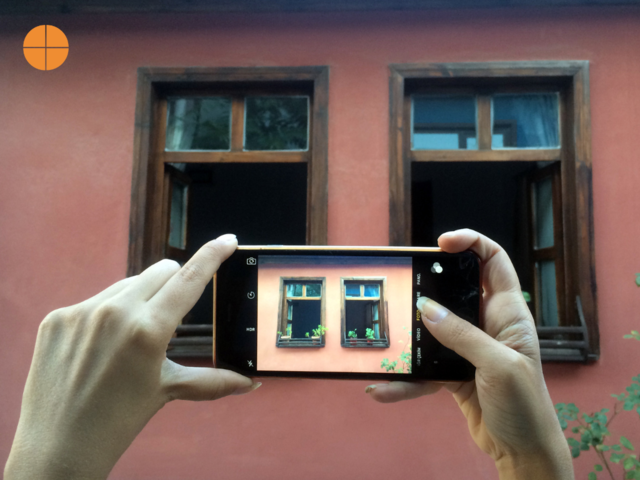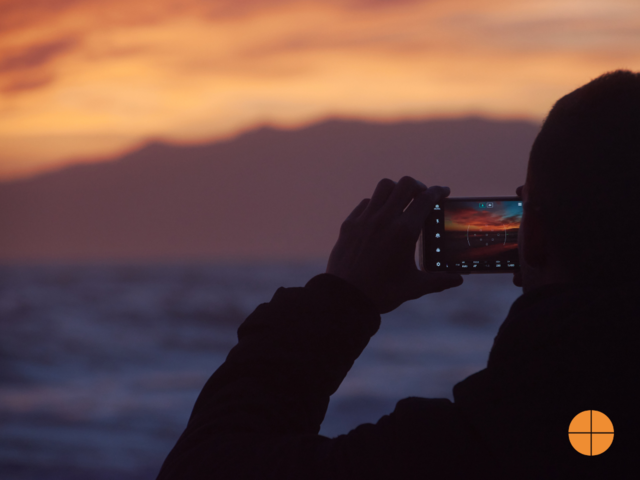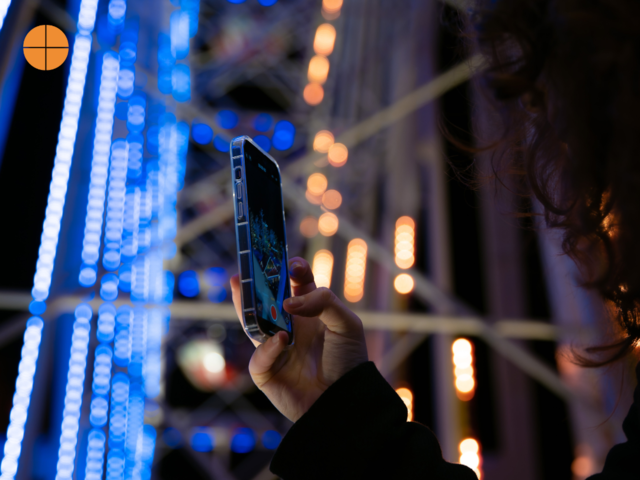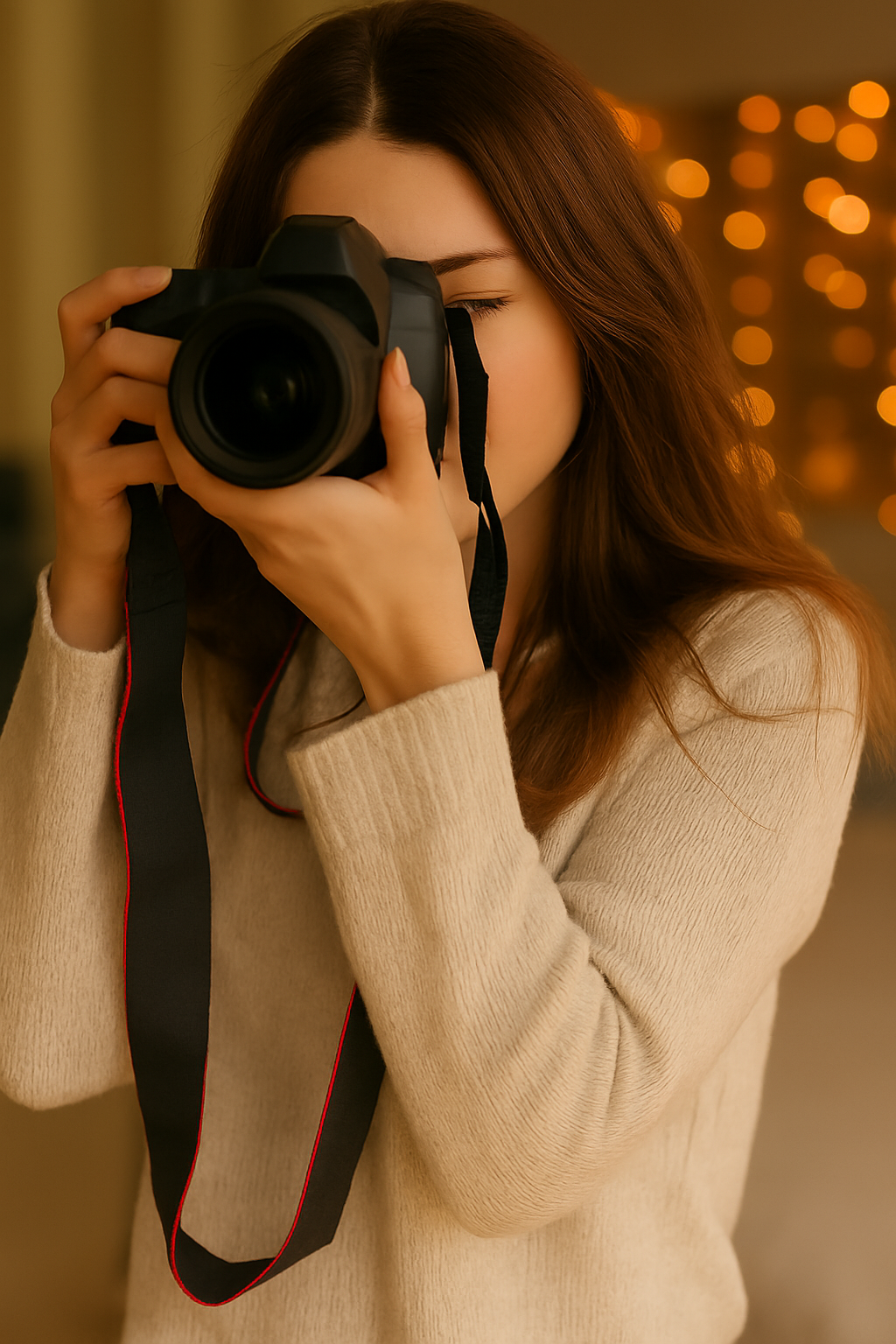Professional photographers understand the value of a high-quality DSLR camera but they also know that this is not an option for many photographers, especially when just starting out. Most mobile phone users have access to a camera and none so popular as the iPhone.

iPhones are a convenient alternative to DSLR cameras
Not only do iPhones have excellent built-in cameras, but they also have a variety of shooting modes and editing tools that allow you to get creative with your photography. This article will share some tips on how to take great photos, even when you don't have a DSLR.
The first thing to get a handle on is the camera app and its various settings. Your iPhone's camera app has several shooting modes including panorama, burst, and time-lapse, each of which can be used to capture different types of photos. Experimenting with these modes will help you learn which works best for the different shots you're trying to take.
When it comes to photography, lighting is crucial. The iPhone camera app has an exposure setting that allows you to adjust the brightness of your photo. In general, it's best to avoid shooting directly into the sun, but if you must, try using the exposure slider to darken the photo and reduce lens flare. Similarly, the white balance setting allows you to adjust the color temperature of your photo to match the lighting conditions.
Another important setting is the focus. By tapping different areas on the screen you can change the focus of your shot, which can be especially useful for close-up shots or when you want to create a shallow depth of field.

Composition techniques
Composition is a key element of photography and there are several techniques that you can use to improve the composition of your iPhone photos. One of the most popular techniques is the rule of thirds. This involves dividing the frame into nine equal parts and placing the subject along the lines or at the intersections. This will introduce balance and depending where you place the subject, it can also give a photo a more intriguing viewpoint.
Other composition techniques include leading lines, frame within a frame, symmetry, and more. Experiment with different techniques and try to find the style that works best for you. There is often a more interesting way to approach a subject so don’t be afraid to play around with angles and perspectives.
Editing tools and techniques
Once you've taken your photos, it's time to edit. Your iPhone's native photos app has a variety of editing tools including brightness, contrast, saturation, and more. These tools can be used to improve the overall look of your photos, or to give them a specific style or mood.
Filters are another popular editing tool and there are many third-party apps that offer a wide range of filters to choose from. Just be careful not to overdo it with the filters, less is more and a little can go a long way.

Shooting in different environments
In addition to understanding the camera app and editing tools, it's also important to consider the environment in which you're shooting. When shooting outdoors, try to take advantage of natural light by shooting during more dramatic times of the day. There is a very good reason for naming the hour before sunset, “the golden hour”. Plus, early morning light can also be very beautiful.
Low light conditions can be challenging, but there are still ways to capture great images. A flash is a great way to illuminate your subject in low visibility, but beware that it can also wash out color in a photo. Increasing the ISO (the camera's sensitivity to light) can also help, but there is always a risk of additional noise or grain in the photo.
Indoor shots can sometimes be more tricky. Try to take advantage of available light sources such as windows or lamp light. You can also try shooting through a window to create a frame within a frame or to add depth to your shot.
iPhone cameras are a sophisticated and efficient alternative to DSLR cameras. With some practice and a greater knowledge of your iPhone camera’s capabilities, you can take some great photos. Don't be afraid to experiment with the different shooting modes and editing tools available to you, and remember to pay attention to lighting and composition. With these tips in mind, you'll be well on your way to taking beautiful photos with your iPhone.
If you're looking to take your photography to the next level and become a professional photographer, be sure to check out our comprehensive Photography courses where you'll learn everything from lighting techniques to editing skills and much more in between. Contact us today to learn more about the courses and start improving your skills.

